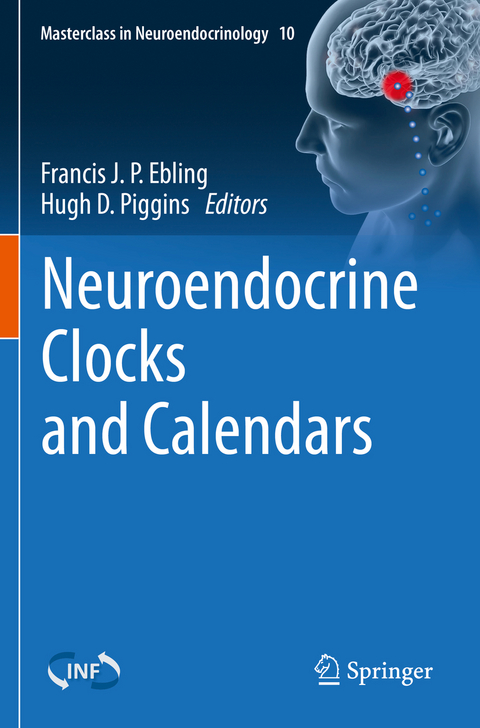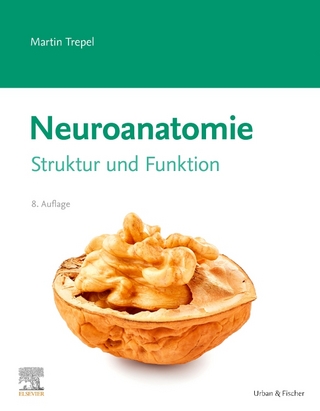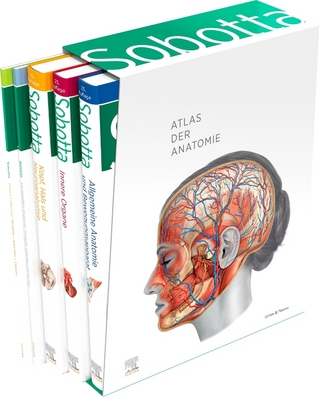
Neuroendocrine Clocks and Calendars
Springer International Publishing (Verlag)
978-3-030-55645-7 (ISBN)
This book explores how daily and seasonal rhythmicity is generated, how these rhythms are synchronised by our environment, and how they regulate the neuroendocrine systems that impact our physiology and behaviour.
The constraints of surviving in a seasonal environment have shaped human evolution and migration, have shaped our societies and cultures, and continue to influence our everyday lives, health and wellbeing. Identifying the mechanisms whereby seasonal rhythmicity is generated and regulates the brain and body is not only important for understanding the natural world and relevant to animal production, it also offers many insights into the human condition.
Each chapter is written by an international expert in the field of chronobiology. A historical perspective on how research into photoperiodism and rhythmicity progressed is initially provided, but the main focus of this book is on the remarkable studies in the last few decades that have unravelled the molecular and cellular machinery underpinning circadian and circannual timing. Topics covered include the role of melatonin in communicating seasonal information to the brain and pituitary gland, the neuroanatomical pathways in mammals, birds and fish by which changes in photoperiod reach the hypothalamus, the role of glial cells (tanycytes) and thyroid hormone in seasonal rhythmicity, neuroplasticity across seasons, effects of changing day length on mood, regulation of "clock" gene expression, and the role of the suprachiasmatic nucleus.
This book will appeal to all students and researchers who wish to learn about current and past research on daily and seasonal rhythmicity.
This is the tenth volume in the International Neuroendocrine Federation (INF) Masterclass in Neuroendocrinology series (Volumes 1-7 published by Wiley) that aims to illustrate highest standards and encourage the use of the latest technologies in basic and clinical research and hopes toprovide inspiration for further exploration into the exciting field of neuroendocrinology.
lt;p>Fran Ebling is Professor of Neuroendocrinology in the School of Life Sciences at the University of Nottingham, and served as chair of the British Society for Neuroendocrinology (2006-10). His research interests are in biological clocks and seasonal timing, particularly as they apply to the regulation of food intake, energy expenditure and reproduction. He graduated with a degree in Zoology from the University of Bristol, and caried out postgraduate studies at the University of Edinburgh with Gerald Lincoln establishing the role of melatonin in timing seasonal reproduction in Soay sheep. His post-doctoral studies at the University of Michigan (USA) with Douglas Foster investigated the role of photoperiod in timing puberty in sheep. He was then appointed as a Royal Society University Research Fellow at the University of Cambridge where his interest in circadian rhythmicity developed, working with Michael Hastings and Joe Herbert. Since 2000 he has been at the University of Nottingham, and served as Course Director for Neuroscience degrees.
Photoperiodism and Circannual Timing: Introduction and Historical Perspective.-The Pars Tuberalis and Seasonal Timing.- Tanycytes and Their Pivotal Role in Seasonal Physiological Adaptations.- Epigenetic Mechanisms in Developmental and Seasonal Programs.- Plasticity of Neuroendocrine Mechanisms Regulating Seasonal Reproduction in Sheep.- Clocks and Calendrars in Birds.- Calendar Timing in Teleost Fish.- Action of Light on the Neuroendocrine Axis.- Seasons, Clocks, and Mood.- Photoperiodic Modulation of Clock Gene Expression in the SCN.- Circadian Timekeeping in the Suprachiasmatic Nucleus: Genes, Neurotransmitters, Neurons and Astrocytes.
| Erscheinungsdatum | 07.01.2022 |
|---|---|
| Reihe/Serie | Masterclass in Neuroendocrinology |
| Zusatzinfo | XII, 244 p. 64 illus., 58 illus. in color. |
| Verlagsort | Cham |
| Sprache | englisch |
| Maße | 155 x 235 mm |
| Gewicht | 397 g |
| Themenwelt | Studium ► 1. Studienabschnitt (Vorklinik) ► Anatomie / Neuroanatomie |
| Naturwissenschaften ► Biologie ► Humanbiologie | |
| Schlagworte | circadian • Daylength • Hypothalamus • Melatonin • Pars Tuberalis • Photoperiod • Rhythm • seasonal • Suprachiasmatic nucleus • Tanycyte |
| ISBN-10 | 3-030-55645-X / 303055645X |
| ISBN-13 | 978-3-030-55645-7 / 9783030556457 |
| Zustand | Neuware |
| Informationen gemäß Produktsicherheitsverordnung (GPSR) | |
| Haben Sie eine Frage zum Produkt? |
aus dem Bereich


